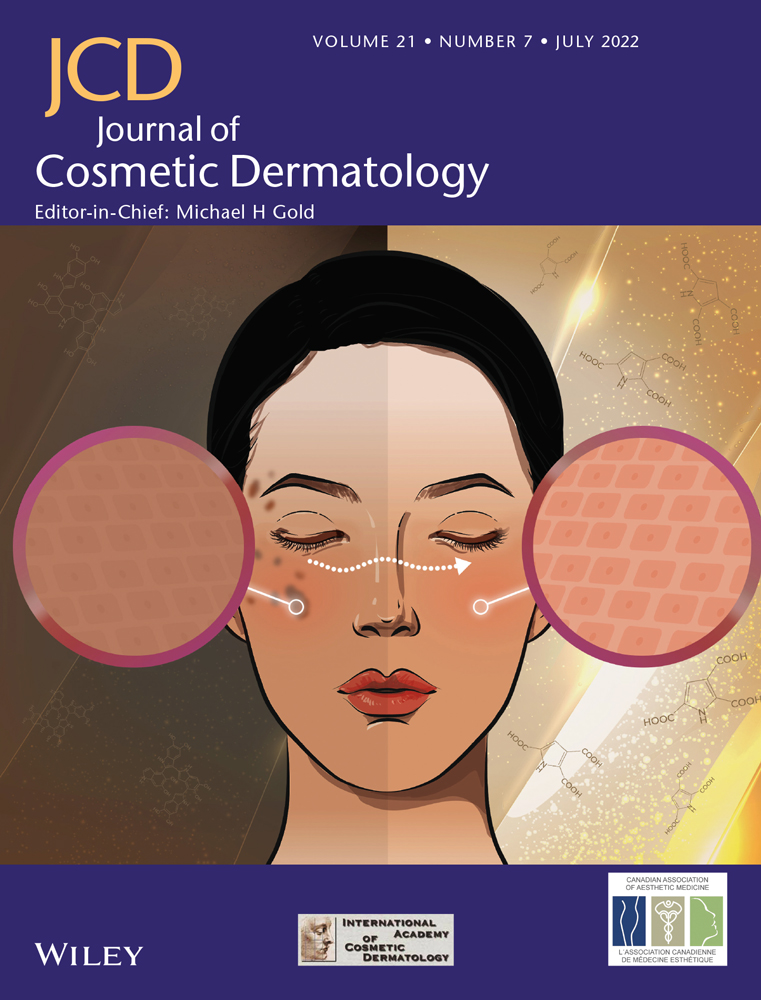Efficacy of low-fluence 1064 nm Q-switched Nd: YAG laser for the treatment of melasma: A meta-analysis and systematic review
Jiaoquan Chen and Nanji Yu have contributed equally to the manuscript.
Funding information
This project was supported by the Natural Science Foundation of Guangdong Province(2019A1515011593)
Abstract
Background
Melasma is considered as a type of acquired facial pigmentary disorder that is challenging to treat. Low-fluence 1064 nm Q-switched Nd: YAG laser (LQSNY) has clinical benefits against melasma; however, there are some disputes.
Objective
To explore these contentious views, we conducted a meta-analysis and systematic review to evaluate the efficacy and safety of LQSNY monotherapy and combined therapy for the treatment of melasma.
Methods
The PubMed, Embase, Cochrane Library, and Web of Science databases were searched for relevant articles from inception to July 2021. The resulting data were analyzed using the Review Manager 5.3 software.
Results
Twelve eligible studies comprising 358 patients were included. No significant differences in melasma area and severity index (MASI) were observed between the LQSNY and drug groups (mean difference (MD):−0.26, 95% confidence interval (CI):−1.16–0.64, p = 0.57). We found that combination therapy with LQSNY and drugs had a greater MASI improvement compared with LQSNY therapy alone (MD: 1.78, 95% CI 0.93–2.63, p < 0.0001); nevertheless, no statistically significant results were found in melanin index (MI) and self-assessment. The melasma improvement was similar when using LQSNY alone and LQSNY combined with other lasers in terms of RMASI (MD 0.05, 95% CI:−0.61, 0.70, p = 0.56). Compared with intense pulsed light (IPL) alone, LQSNY with IPL provided an added benefit for melasma severity (MD:3.23, 95% CI:0.65–5.81, p = 0.01).
Conclusion
Low-fluence 1064 nm Q-switched Nd: YAG laser can be applied as an alternative treatment for drug intolerance. Combination therapy with LQSNY and drugs or other lasers may have pleasantly surprising efficacy, but numerous studies are still needed to verify this.
CONFLICT OF INTEREST
None.
Open Research
DATA AVAILABILITY STATEMENT
The data that support the findings of this study are available from the corresponding author upon reasonable request.




